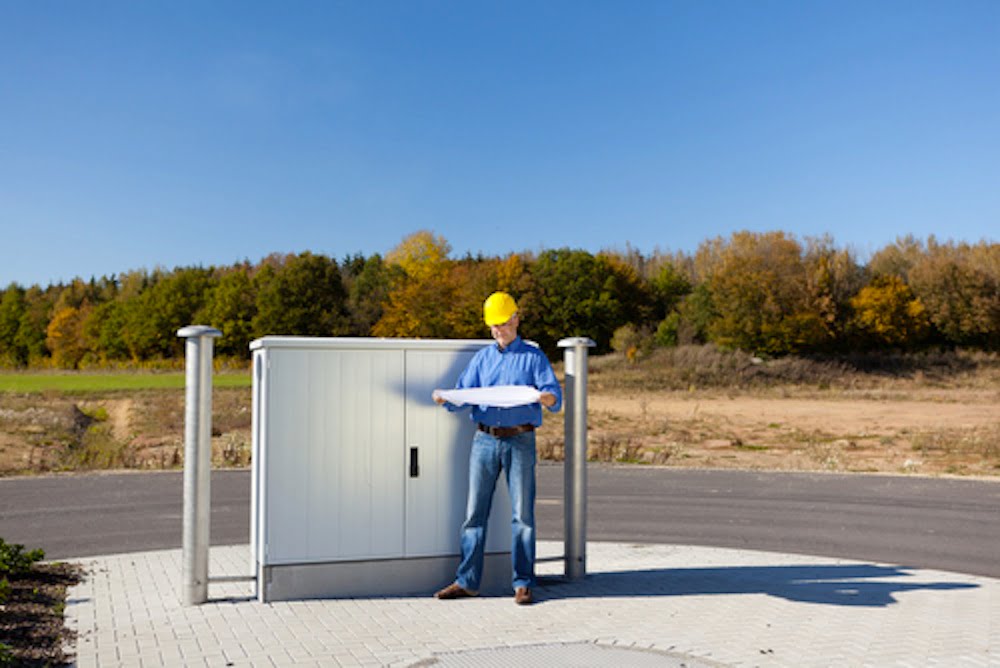How to Keep an Enclosure Air Conditioner Running Efficiently
 An enclosure air conditioner provides trouble-free service as long it is inspected and serviced periodically. Servicing requirements are simple and consist primarily of keeping the condenser clean, ensuring everything is working, and rectifying any issues such as air leaks that affect cooling.
An enclosure air conditioner provides trouble-free service as long it is inspected and serviced periodically. Servicing requirements are simple and consist primarily of keeping the condenser clean, ensuring everything is working, and rectifying any issues such as air leaks that affect cooling.
The frequency of inspections is influenced by the location of the electrical enclosure and in particular by the amount of dust, dirt, and pollutants present in that location. Here are five checks to perform to ensure reliable operation. For additional information refer to the unit’s Technical Manual.
Periodically Service Filters
The cooling capacity of the air conditioner is directly related to the condenser coil temperature. Heat is removed by blowing air over the condenser coil and discharging it to ambient air. Panel filters are fitted to the condenser air inlet and should be replaced when they become clogged. If washable filters are used, these can be rinsed in a cleaning solution and back-flushed to remove dirt. In dusty locations, heavy-duty filters may be fitted.
Discard filters that are torn, damaged, or not sealing.
Keep the Condenser Clean
Besides ensuring the filters are clean, make sure the condenser coil is not fouled by dirt or debris. Under normal conditions the coil should always be clean, but over a period of time it’s possible it will accumulate dirt and dust and lose efficiency. If necessary, wash the condenser coil down with a commercial coil cleaning compound; do not use an acid wash because this may damage the copper coil.
Check for Unrestricted Air Flow
Make sure the condenser and evaporator fans are working. If not, check that the fans have power before assuming they are faulty. Clean dirty fan blades and replace fans that have noisy bearings, are damaged, or not blowing properly. Fans are easily removed and are supplied with a plug-in connection.
Check there are no obstructions in the electrical enclosure that restrict the free flow of air. Also ensure there are at least three inches of clearance between the condenser inlet, outlet, and any other equipment.
Check for Air Leakage
Poor cooling could be caused by air leaking from the enclosure. Make certain the doors close properly and the door seals are in good condition. Check that all cables and conduits entering the enclosure are properly sealed and there are no openings allowing air leakage. Ensure the air conditioner is securely fastened to the electrical enclosure and the sealing gasket is in good condition.
Investigate Alarms
Once the service is complete, confirm that the enclosure air conditioner is working properly and verify it is able to cool the enclosure to the temperature set on the digital controller. Establish if any alarms are displayed on the controller and, if so, investigate further:
- P1/P2: Indicates an enclosure or condenser probe failure
- HA: The enclosure temperature is too high
- LA: The unit is running too cold
- HA2: The condenser temperature is too high
- LA2: The condenser temperature is low
- CA: The evaporator pressure is low
If any of these alarms are displayed, they may indicate an electrical or system fault and a refrigeration technician should be called to inspect and repair the unit.
Regular Inspections Pay Off
Efficient and reliable operation of electrical enclosure air conditioners is ensured by periodic servicing. For added peace of mind, it’s a good idea to install a remote monitoring system to provide immediate notification of a failure of the air conditioner. This can be achieved by specifying the optional dry contact to provide an alarm if the enclosure temperature exceeds its maximum limit or to use the EtherNet/IP or ModBUS-RTU options or the alarm and controlling Web server accessory.
For more information about efficient enclosure air conditioners ,speak with a Thermal Edge professional. Our experts can help you identify the best solution for your needs.


